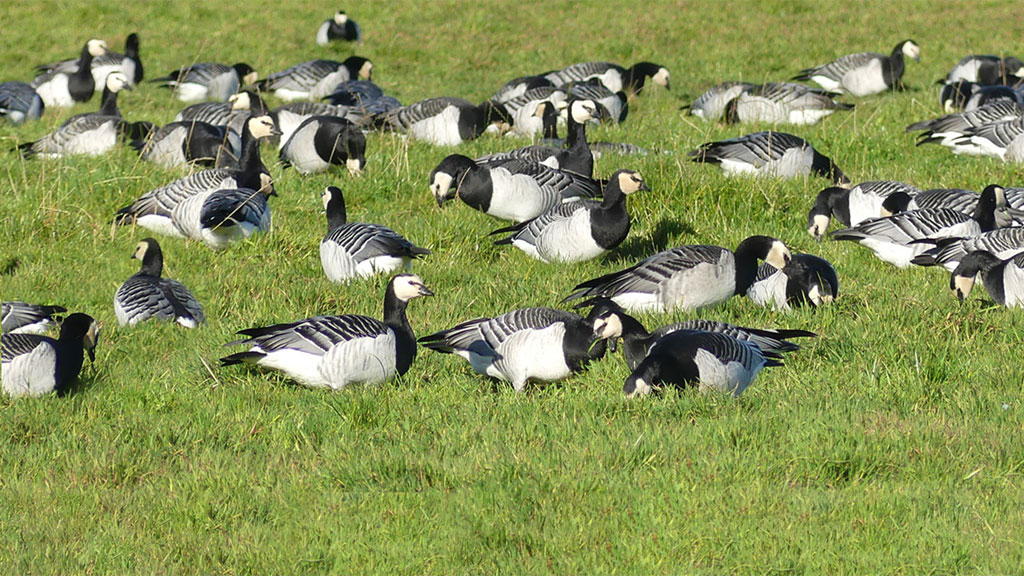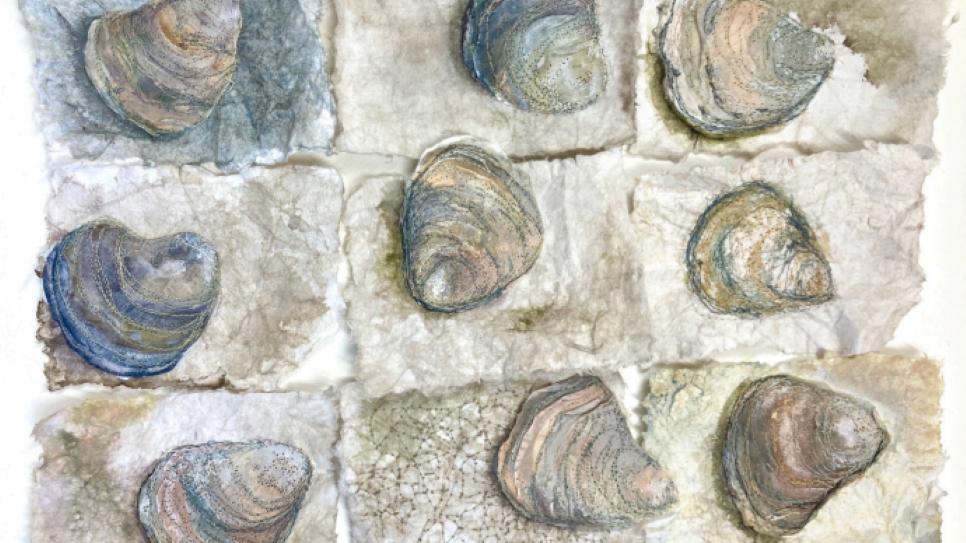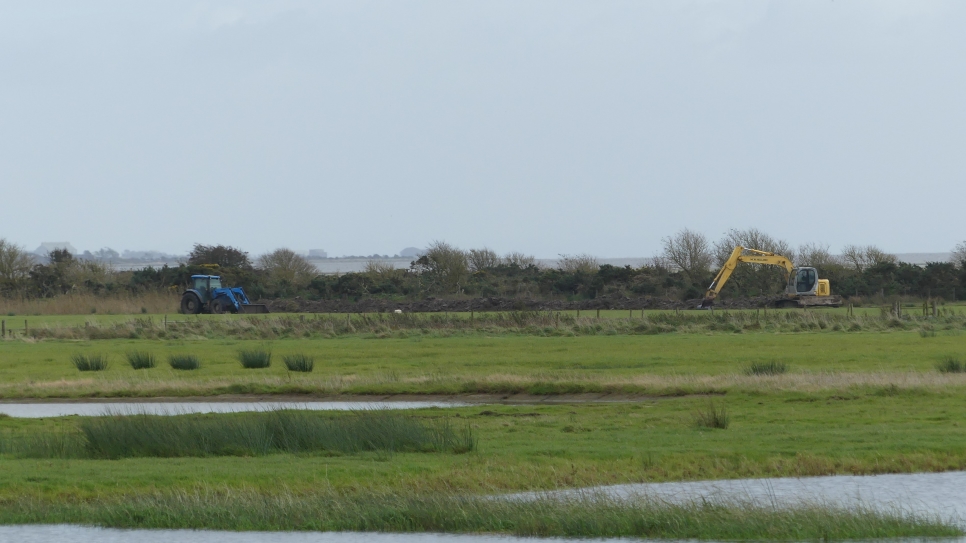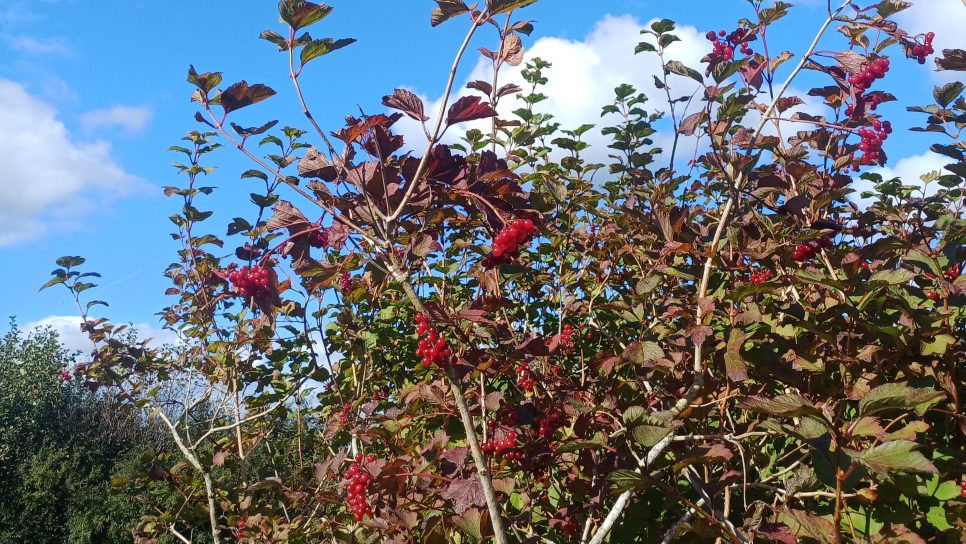Why is that bird paler than it should be?
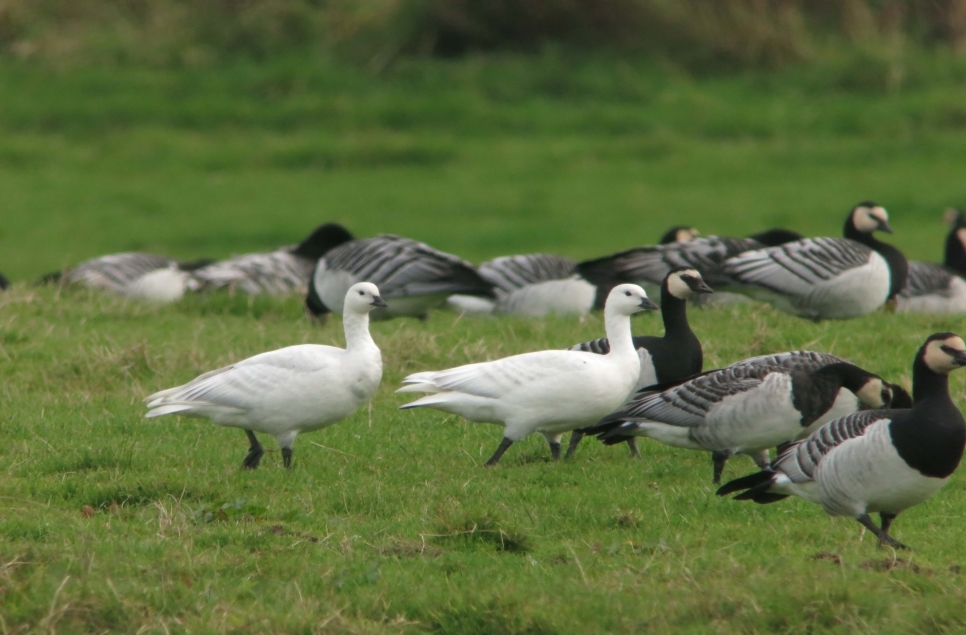
Birds are not always exactly the same colour and pattern as they appear in bird guides. Often this is only a slight difference in an individual’s appearance to the typical example of that species. However, an individual’s appearance can be drastically different. One drastic colour change is paler colours being shown. This can be caused by either Albinism or Leucism (Albinism being a complete lack of melanin production and Leucism being a partial loss of pigmentation).
To distinguish between the two conditions is fairly simple with a good view of the bird. An Albinistic bird will show completely white with red or pink eyes due to the complete lack of melanin causing a lack of pigmentation in the eyes allowing blood to be visible. Leucisitic birds on the other hand will show from completely white to mostly typical plumage with only a small unpigmented area. Their eyes are also not affected.
Unfortunately, due to a lack of pigmentation birds with these conditions suffer from weaker feathers and are more vulnerable to predators due to often reduced camouflage and less ability to escape. Affected birds therefore have a shorter life span than their typically coloured counterparts so these striking birds can showcase how evolution works and the bitter sweet reality of nature.
Here at Caerlaverock Leucism can be seen in a few of our barnacle geese. These geese can be surprisingly difficult to spot within a group of hundreds, but once spotted are easily recognisable.
Written by Isaac Hoult
Featured image; leucistic barnacle geese by Joe Bilous
